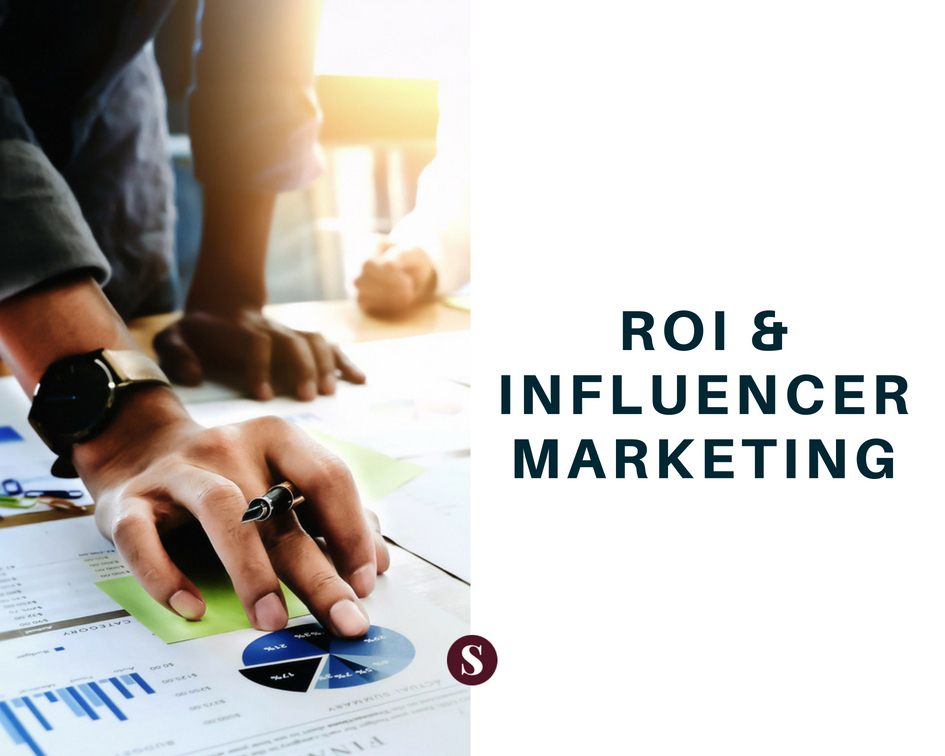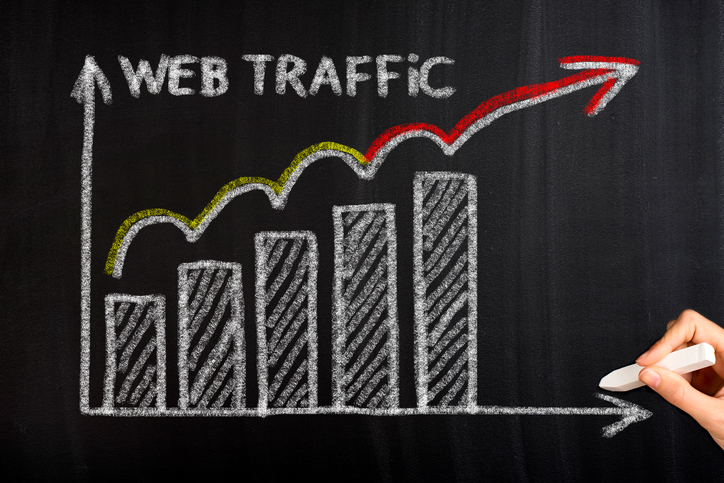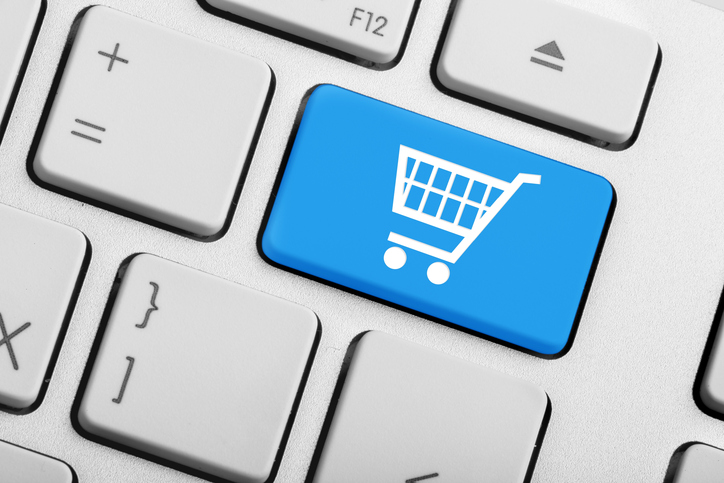
14 Jun How To Track ROI for Influencer Marketing Campaigns
It’s clear by now that influencers have enormous potential to help brands achieve all kinds of marketing goals, from increasing brand awareness, to delivering beautiful, reusable content. But while marketers tend to agree that influencer marketing is powerful, many still have concerns about how to track the Return on Investment, or ROI. Because marketers often have to work with third parties like influencers and social media platforms to extract analytical insights, it can seem complicated at first glance. Plus, the relevant Key Performance Indicators, or KPIs, for influencer marketing are often different from those of more traditional marketing strategies. Confusion over what data to look at and how to collect this data can be daunting to those new to influencer marketing.
But there’s good news. Tracking ROI for influencer marketing isn’t as hard as it looks. In fact, the flexibility of influencer marketing allows marketers to glean insights from a variety of KPIs. To help you extract these insights on your own, we’ll take you through some of the most useful metrics and explain how they’ll help you track your ROI.
Key Performance Indicators and How to Track Them
How to track your ROI depends on your campaign goals. If you want to improve brand recognition, your KPIs might include social media mentions and branded search volume, for example. If your goal is to promote a sale, your KPIs might include coupon code uses and product purchases. Let’s go through these examples and others in more detail.
Quality Content
One of the most common goals for an influencer marketing campaign is to create user-generated content, or UGC, that can further help a brand build out their content library for uses such as social media, websites, unique landing pages, e-blasts, and so much more. Judging the quality of the content is one of the most subjective assessments in this list. You can track your ROI by calculating the cost per image, video, or other content that can be used in the future (make sure to ask for the rights to the content as part of your contracts with your influencers).
Likes, Comments, and Shares

Since influencer campaigns are typically executed on social media platforms, the most obvious KPIs are measures of engagement, including likes, comments, and shares. These measures of engagement help identify not only who the content created reached, but what percentage of those who saw the content actually stopped to interact, thus creating a deeper connection with the campaign other than simply seeing it.
This data is easy to collect data on and can be used to calculate Cost Per Engagement, Average Engagement Rate, and Engagement Per Post or Influencer. You might use these KPIs to help measure ROI for goals related to brand reputation and visibility. Engagements are a useful way to see how interested an audience is in the brand as a whole as well as the particular product, sale, or event that’s being promoted.
Social Media Account Follows
If you’re interested in growing your social media presence, reaching a larger audience, and/or gaining more brand visibility, a useful KPI might be new follows and likes on your brand’s social media accounts. Seeing if your rate of new follows accelerates (and by how much) will give you a sense of how much of a difference your influencer campaign(s) is/are making. This is another KPI that you don’t have to jump through any hoops to collect data on.
Brand Mentions
Tracking brand mentions on social media platforms is a great way to help evaluate ROI if your goals include brand reputation, recognition, or visibility. Since you can find brand mentions with a simple search on social media platforms or even directly in your notifications if the poster tags your brand’s account, this is another relatively easy KPI to track. Beyond social media, you can also set up a Google Alert to monitor the web for any new content related to a particular keyword (i.e. your brand name).
Traffic to Brand Site

Sometimes a brand might want to use influencer marketing to help drive traffic to their website. There are lots of ways to track changes in traffic, though doing so takes a little more effort than some of the KPIs suggested above. Google Analytics will be your best friend in this case. To really see how much traffic your influencers are helping direct to your site, you’ll want to set up some options in advance.
One option is to ask your influencers to provide links to your site in their campaign posts. If you do so, you can give these influencers links with a unique UTM code to see how many visits result from a particular campaign. Alternatively, you can create a unique landing page for your campaign that influencers can link to, then track traffic to that specific page. If your influencers are making campaign posts on their own websites, you can also provide a tracking pixel for them to place on their site to help you see how many of their visitors make their way over to your own website or social media pages. Beyond these options, you can also use Google Analytics to compare traffic sources (direct vs. organic vs. social media, etc), and see if you have increased traffic from the sources you’d expect.
Branded Searches
If you’re looking to measure brand recognition and visibility, you may also want to see how many people are Googling your brand name. This is another area where Google Analytics comes into play. GA allows you to see how much of your incoming traffic comes from people searching for your brand name. Seeing whether and how much branded traffic increases can help determine how much recognition there is for your brand. You can also use Google Trends to see how many people are searching for your brand name.
Purchases

Of course, one of the most common goals of marketing is to drive sales, and influencer marketing is no exception. If you’re hoping influencer marketing will have a direct effect on sales, a great way to find out if this is happening is to provide a coupon/promotion code for influencers to provide in their posts. Alternatively, you might provide affiliate links for your influencers to use, or you might create a unique landing page for each influencer and have them provide that link.
A Note on Diminishing Returns
It’s worth noting that it can be difficult to see immediate and prominent results from one-off influencer campaigns, so tracking ROI may be best assessed over time. In general, repeated efforts that create long-term relationships are the best way to see a high ROI.
We point this out to keep you from being discouraged, but also to warn you of a mistake some brands make when experimenting with influencer marketing: It can be tempting, when met with limited results, to go after influencers with higher follower counts for the next campaign, but this might not really be what you need. With influencer marketing, keep in mind that just like with all marketing, it is about building relationships that will translate to a more engaged consumer who has a stronger brand affinity, thus moving them to reach for your brand, product, or service more often. Influencer marketing isn’t a one and done effort, and is best executed over time with a select group of invested influencers who are just as excited to share your brand with their audience, as you are to share it with them.
For us, we find our highest ROI to be when we work with groups of micro-influencers who deliver nothing short of excellent content that is highly engaged with. Want to know more about our approach? Feel free to shoot us an email, we’d love to hear from you and what you’re hoping to gain from your next influencer marketing campaign.



No Comments